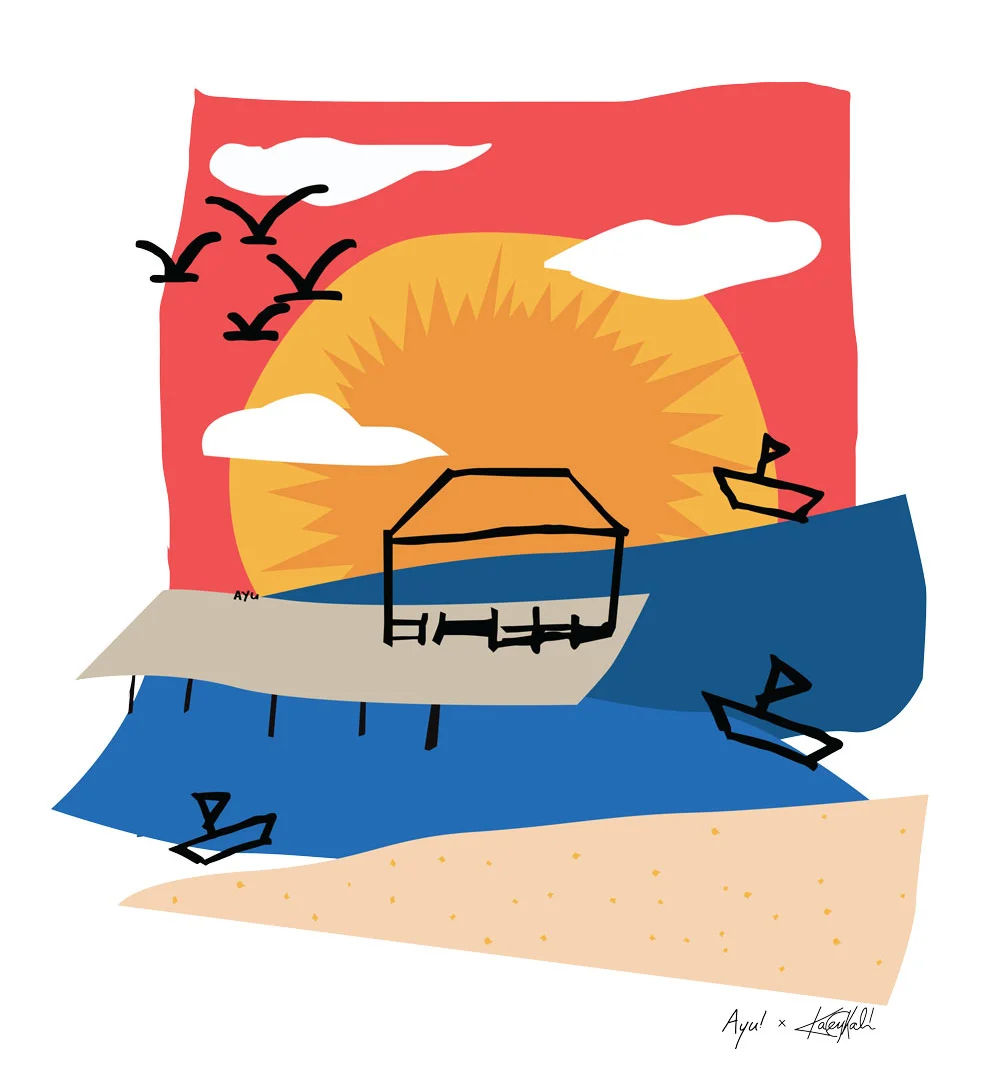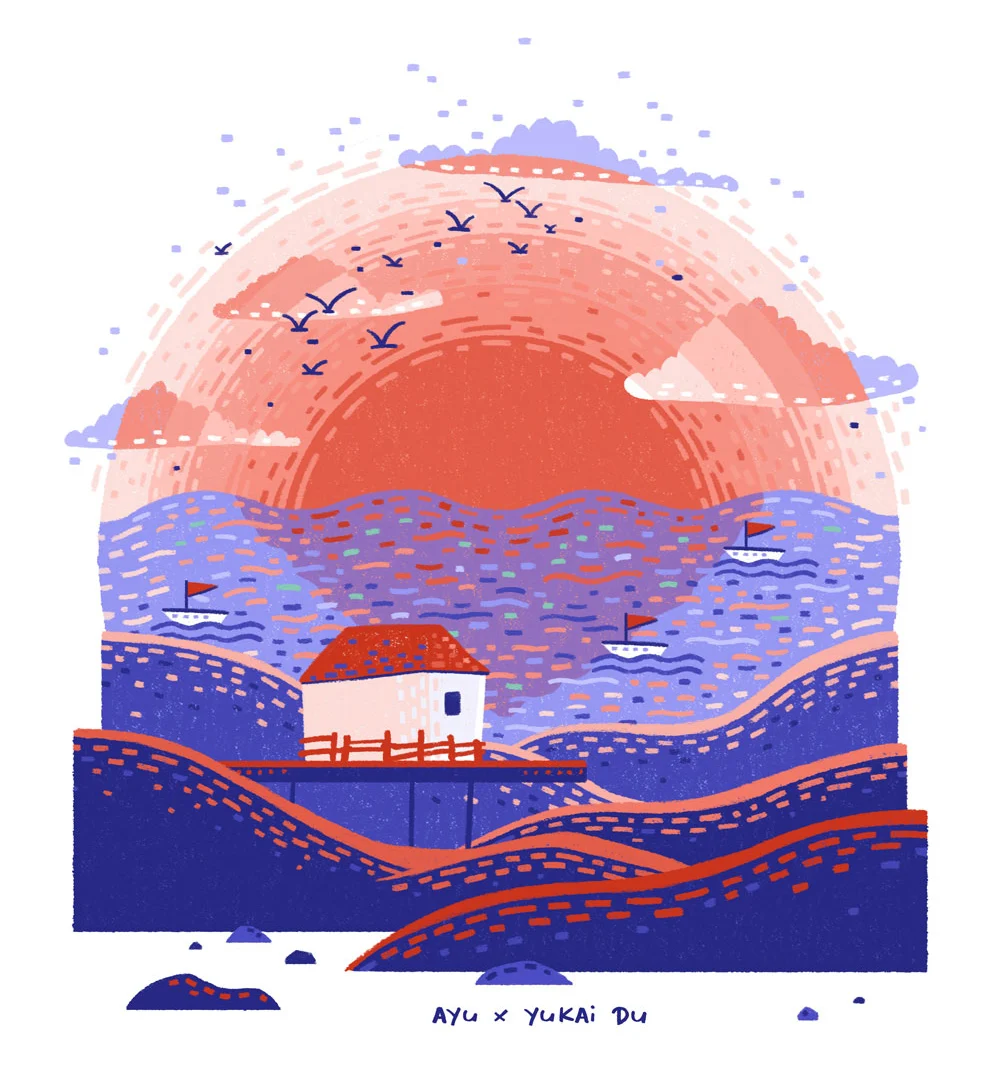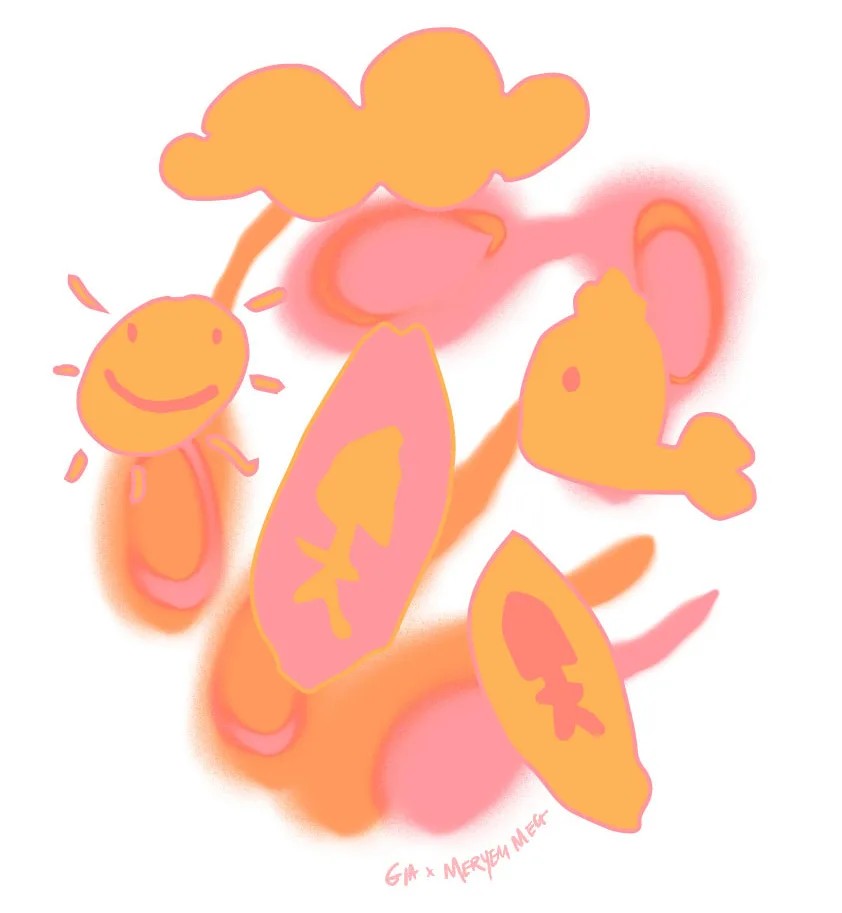
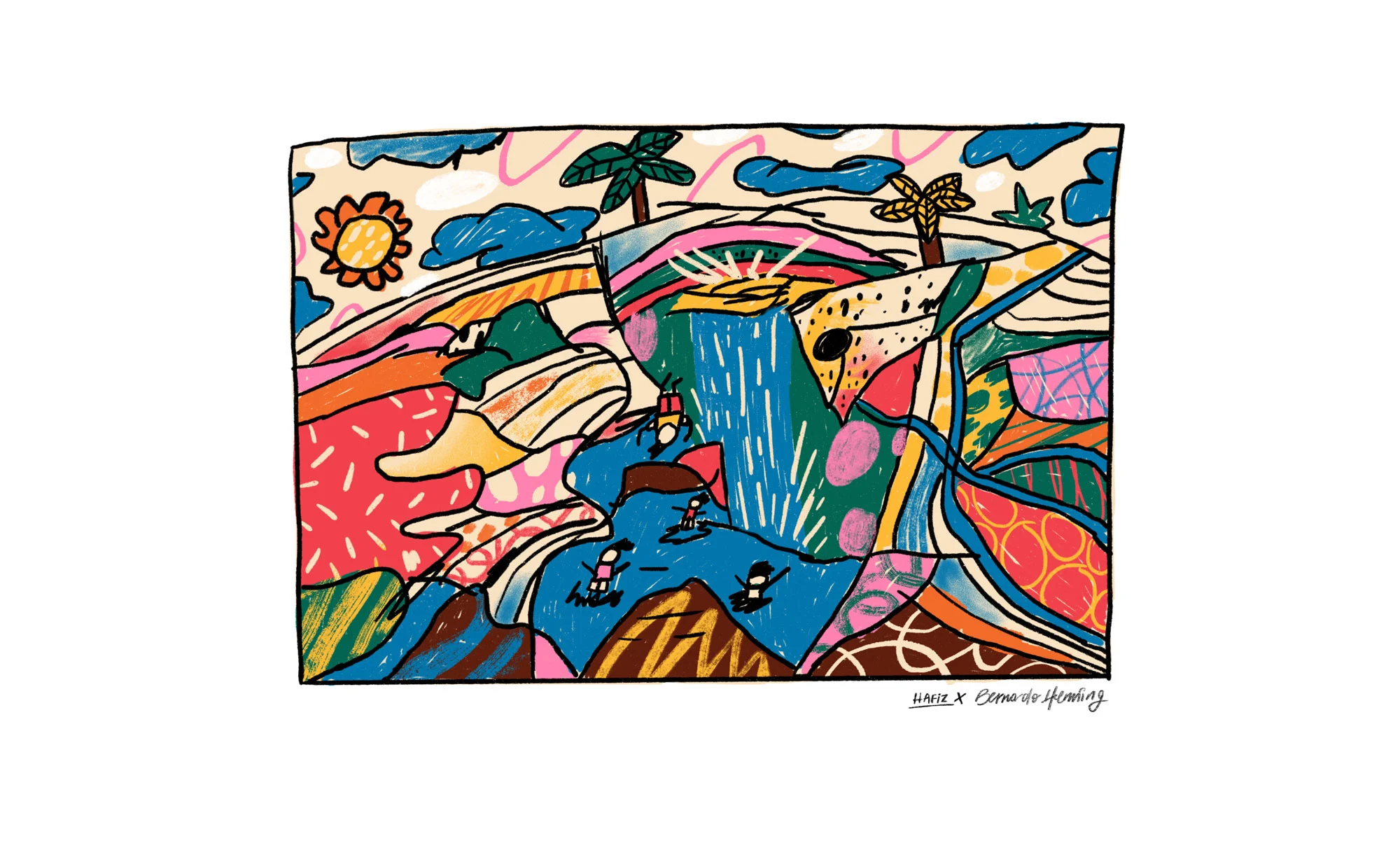
Face This is working with kids at a school on the earthquake-hit Indonesian island of Lombok, raising funds to build a new computer studio for the children by helping them turn their drawings into merchandise with artists from around the world. To celebrate WePresent joining forces with Face This on a new collection of T-shirts, and investigates how Face This is empowering Indonesian schoolchildren to literally design their own future.
WePresent collaborated with Face This on their brand new T-shirt collection. For this, WePresent chose 10 artists from its creative network to design a T-shirt in collaboration with Indonesian school children from the SDN1 Senggigi school in Lombok. The proceeds from the T-Shirt sales will be used to improve the kids’ school. The T-shirts drop on September 27th and will be available worldwide.
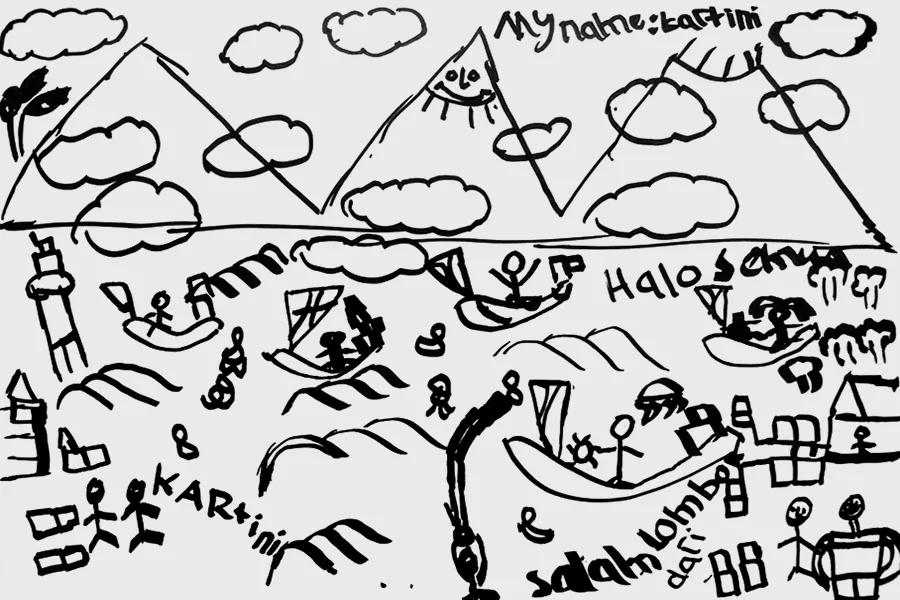
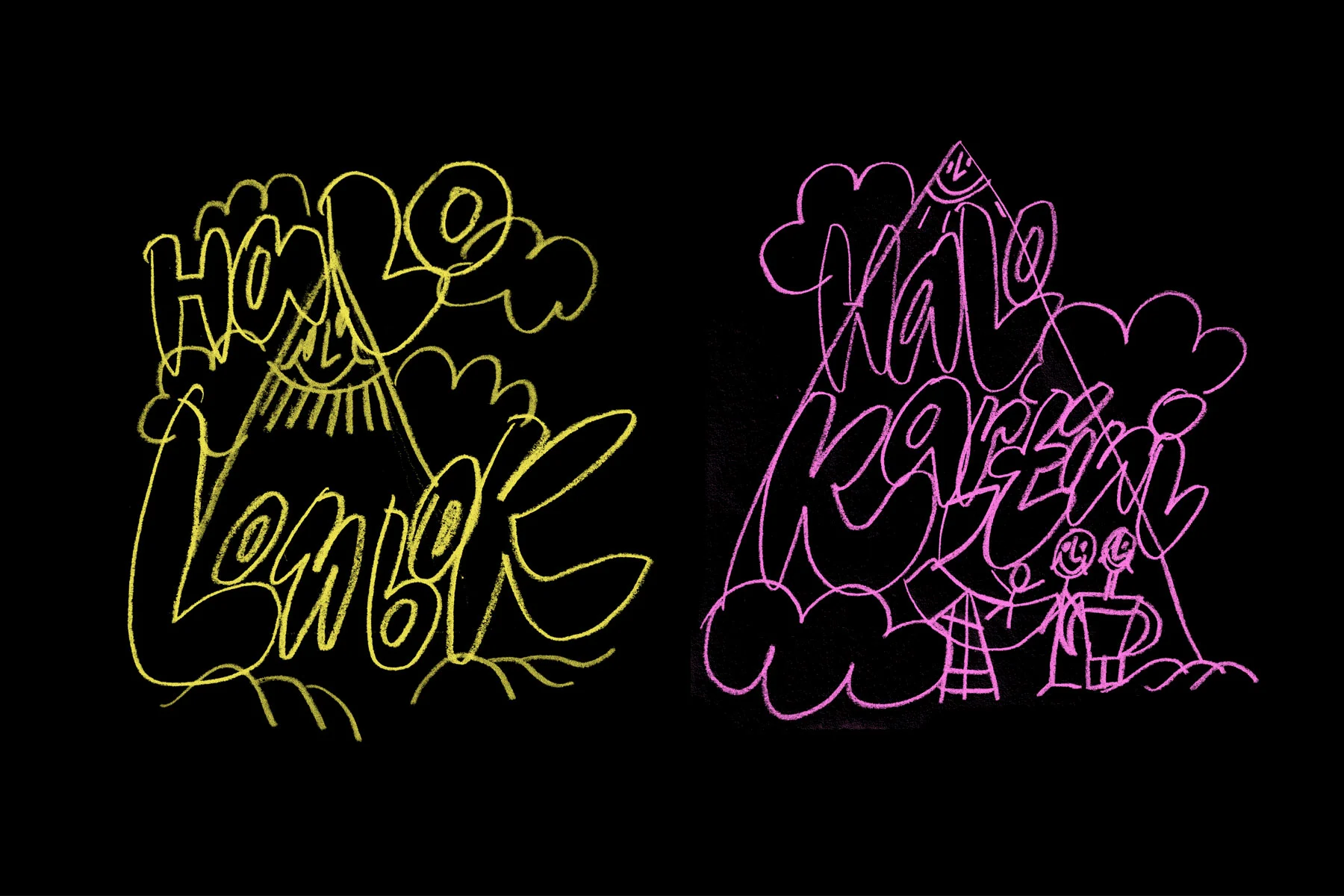

Jos van der Hoek left Indonesia over 40 years ago, adopted by a Dutch family when he was just a few months old. Growing up in The Netherlands – raised, in his words, around such love, friendship, and possibilities – he couldn’t be anything except a Dutchman.
But when Jos finally revisited the place of his birth, two and a half decades since he left, it brought his privilege into sharp relief.
“At first you see all the things you have in common,” he tells me. “Coming to a country where all the children look like you was a unique experience after growing up with mainly white children. But, at some point, you start to really see the many differences between an Indonesian childhood and the childhood I had in the Netherlands. That’s not a nice realisation, I can tell you. You think: ‘This is unfair. Why was I able to live in Holland, in prosperity, while so many could not?’ I felt the urge to give something back. To make my adoption count or something.”
Art brings attention and that’s its power.
In 2008, Jos set up Face This, an art project raising funds to support schools in Indonesia in a way that would make those children proud. Beginning on the island of Lombok, Jos and his wife Jelka worked with local kids to create art that represents them and their worldview, the places they knew and the lives they inhabited.
“We left Lombok with stacks of incredible drawings,” says Jos. “After showing them to Dutch designer friends of ours, we asked them to design T-shirts using the drawings. They said yes, instantly.”
A project that began in Holland has grown to encompass artists from across the art and design world, helping them collaborate with kids on an island on the other side of the planet. “The proceeds of the T-shirts created are being used to improve the schools of these children,” adds Jos. “These children are literally designing their own future.”
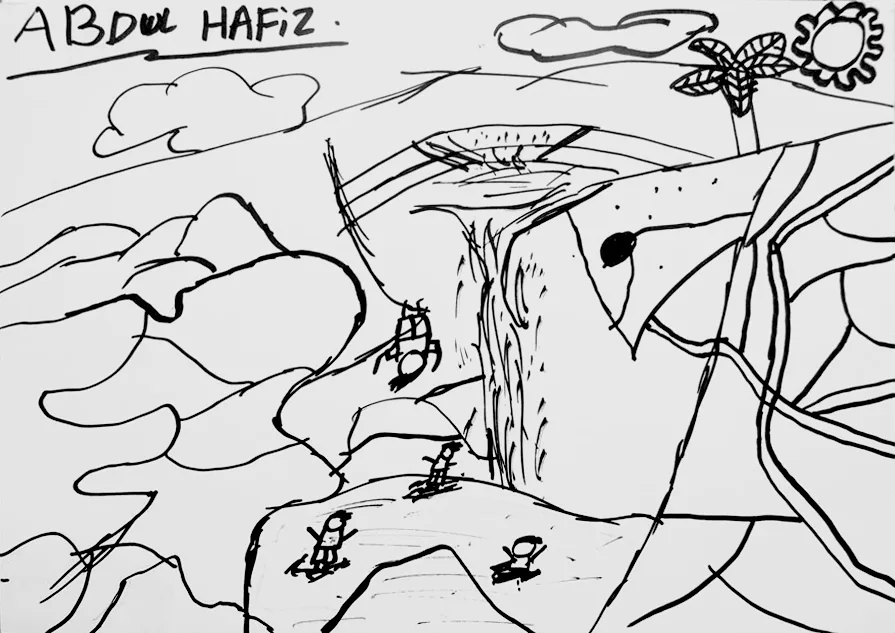
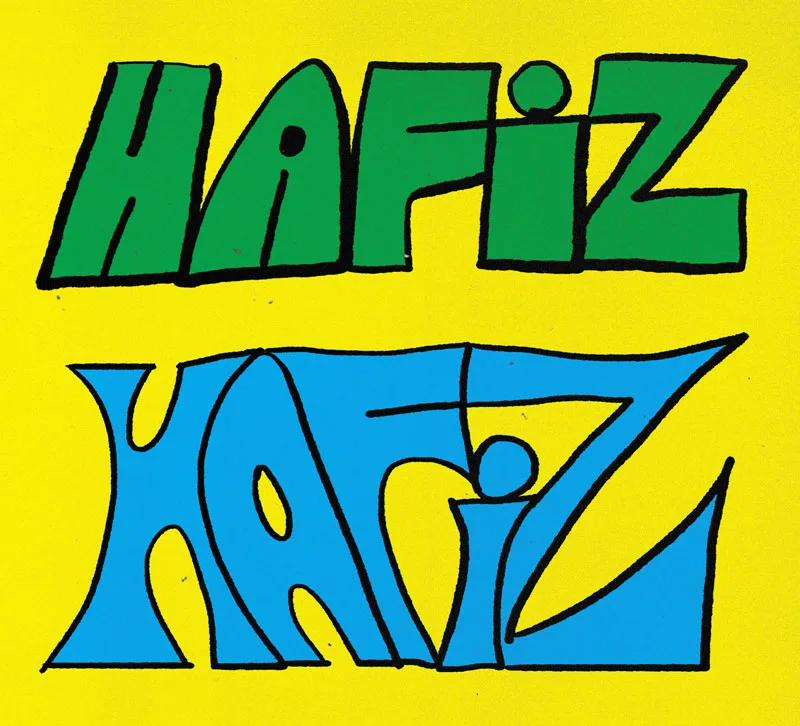
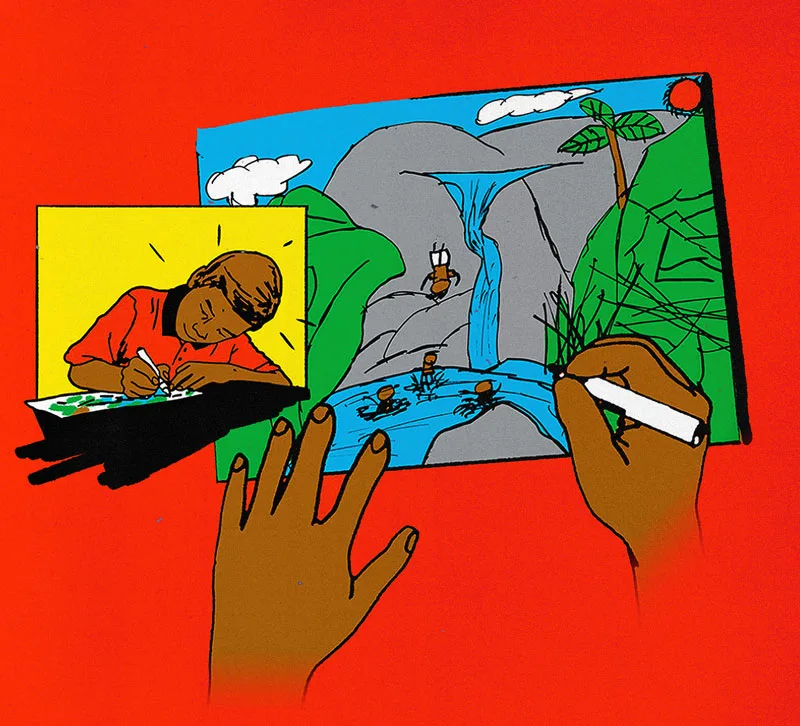

But alongside philanthropy, central to what has been built between Face This, the professional artists it enlists, and the school it helps fund, has been an understanding of the transformative power of creativity for children of all cultures.
“Art gives you that very special perspective which allows you to see things in a different way,” says Zuzanna Rogatty, a Polish designer based in New York and Hawaii, who has worked on designs for the latest round of Face This shirts. “Creative thinking gives you freedom. Freedom in how you perceive the world, how you look at things around you, and what you can make with it. When I grew up, that freedom was well preserved by my parents, and I wish that every parent could be as thoughtful about the importance of the beauty of children’s minds.”
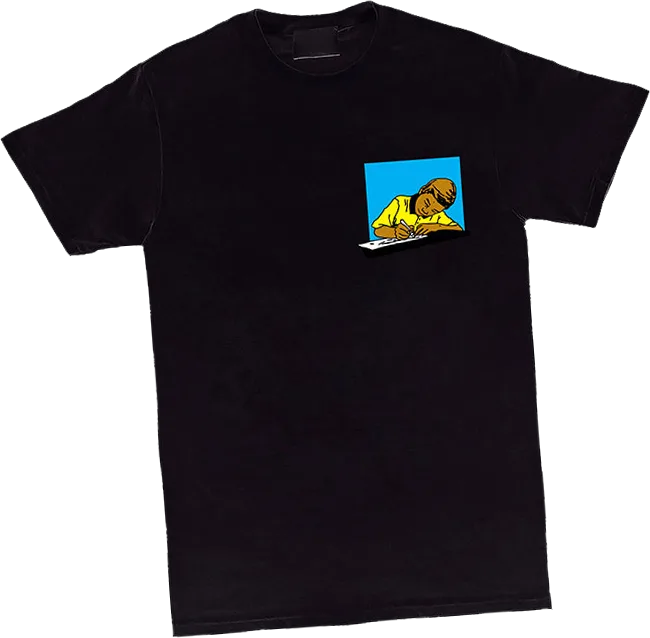
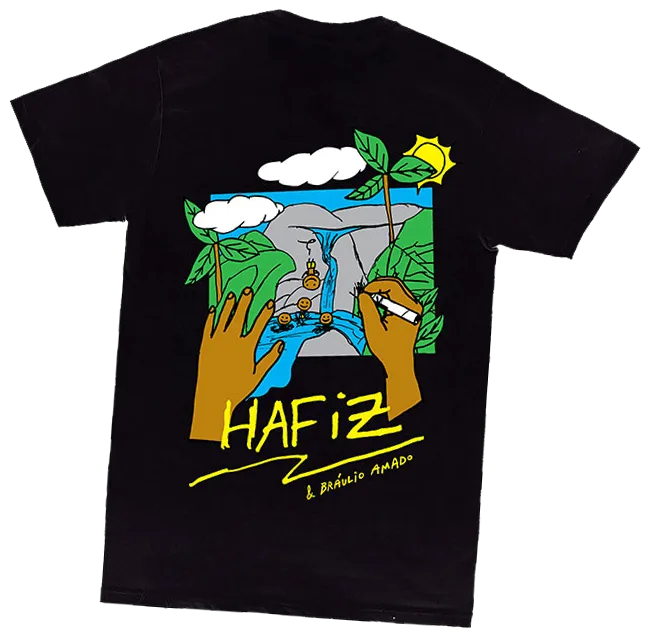


“I was always bad with words and, still, to this day, I'm terrible at talking,” says Bráulio Amado, a Portuguese designer now based in NYC, also working on the project. “When I was young, drawing and creating art was a way to express myself. I used art to make sense of the world around me and what I was going through. And still to this day prefer to prove my point with a drawing rather than talking.”
Using art to express emotions that are hard to articulate, especially difficult or even traumatic ones, is something that resonated with every artist on the project. Bráulio admits that as a child he drew “hot shirtless men” in a secret notebook hidden away from his parents as he realised his burgeoning identity as a gay man. Areeba Siddique, another Face This artist, uses her Indian and Pakistani heritage to influence her art which often features Hijabi Muslim women who look like her but are “braver and angrier in their actions”. Art as a visual communication tool, a way to make sense of that which we find difficult to comprehend, or actions we struggle to reconcile with our feelings. And as the project grew, the importance of sharing that strength with the children of Lombok grew with it.



The earthquake that hit the idyllic Indonesian island in the summer of 2018 has had a lasting effect. 80 percent of its structures were destroyed. Lombok – which neighbours holiday favourite Bali – saw 417,000 of its nearly four million population displaced. When homes are destroyed, personal lives and often human rights crumble with them.
In the aftermath of the earthquake, there was a struggle to provide a sustainable plan of action for those affected. Many went without adequate levels of food, water, sanitation, and education. Refugee camps in Lombok provided temporary shelter but, according to the Jakarta Post, failed “to provide adequate housing in terms of security, dignity, and peace”. The devastation on the island where Jos had first started his project 10 years earlier saw Face This redouble their efforts.
“It was a real shock for us to see what was happening,” says Jos. “At that time, we had only supported one school on Lombok, called Duduk Atas. We contacted the school and our friends over there immediately. And their stories were horrible. We instantly felt the urge to do something.”
While the traumatic events of 2018 and the impact of its fallout necessitated the fundraising, Jos never wanted this to be a Lombok sob story.
Face This went back to the first drawings from those kids in Lombok and started selling T-shirts again, raising money for both emergency support of islanders and renovation of the school. “When that was finished,” he adds, “we felt we needed to do more for the island which held such a special place in our heart.”
Jos often quotes a sentence by Picasso: “Every child is an artist. The problem is how to remain an artist once we grow up.” It’s an idea which runs through the whole project. By connecting adult artists to child counterparts they’ve never met, they join through a shared passion.
“I never wanted these shirts to be the work of two individuals,” says Jos. “It should be two worlds coming together in order to create a new one, to a point where both artists lift each other up.”
“I love the visual conversation I’ve had with Kartini, without ever even talking with her,” says Zuzanna of the child whose art Jos gave her to interpret. “Her imagination gives us an opportunity to immerse ourselves in her world and her life. Kartini’s drawing connected us and allowed us to give back to her community, in such an easy way.”
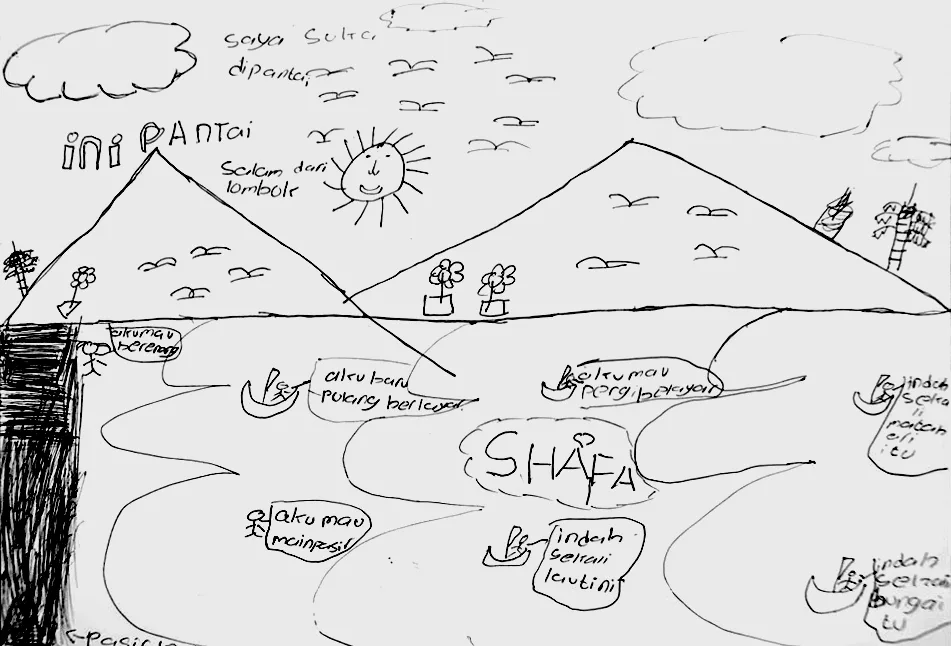
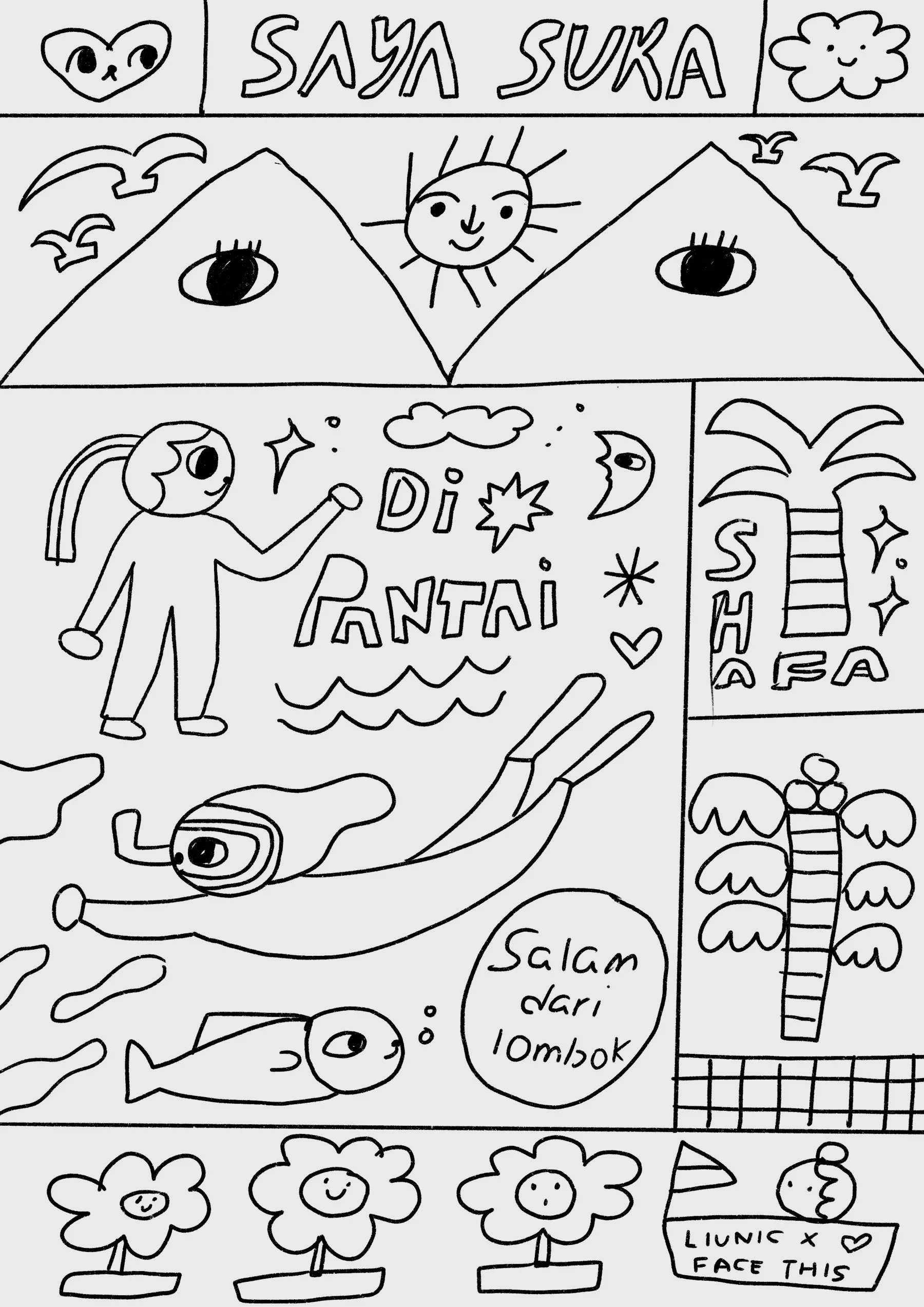
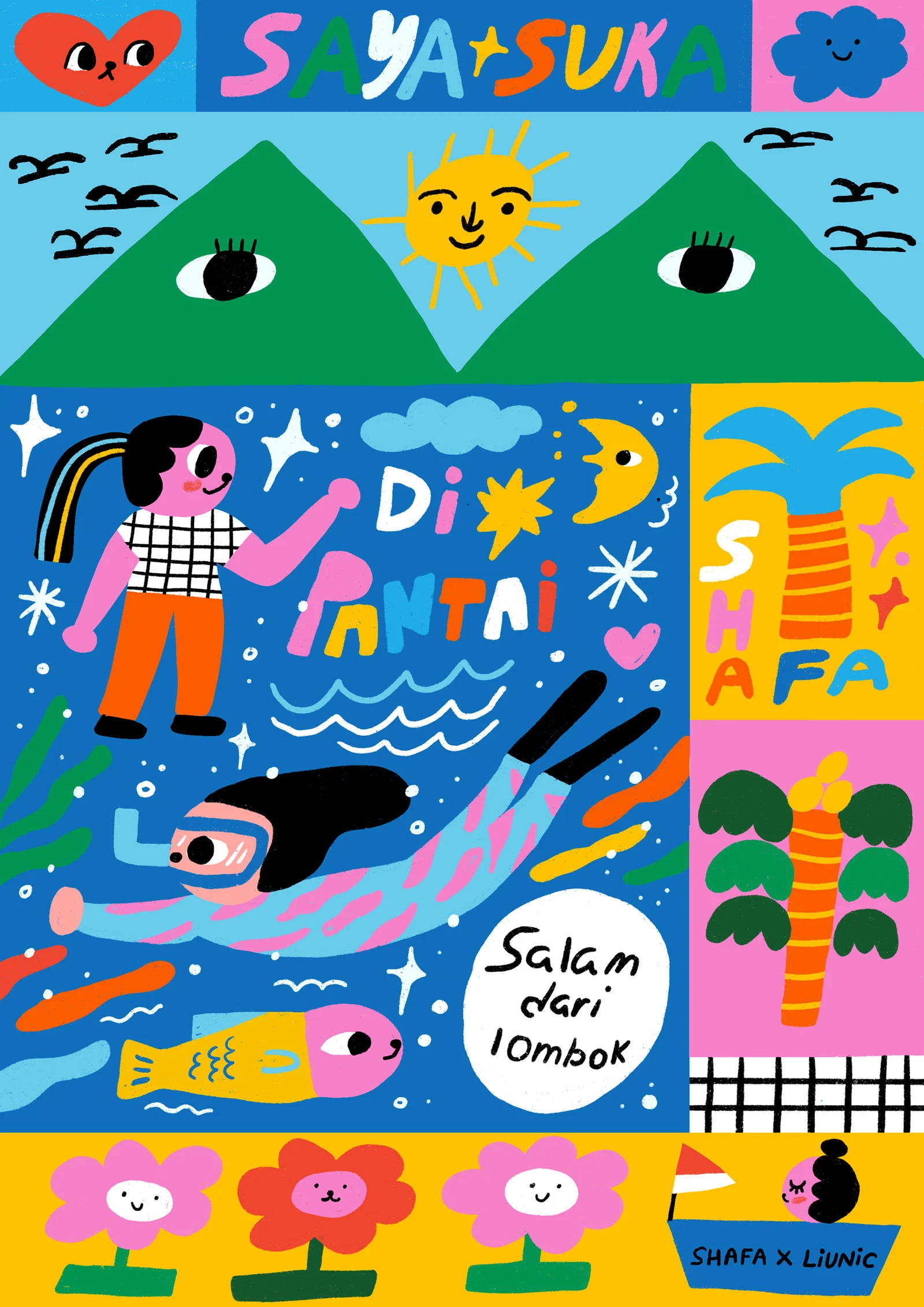
Bráulio spoke of “taking a back seat” and "being truthful” to the drawing that Hafiz, another schoolkid, made. Scenes of waterfalls like in Hafiz’s work, and of local fishermen backed by “smiley, sunny mountains” like in Kartini's, are outside of the everyday frame of reference for most Face This artists. But all found solace in the idea that art helps to expand a child’s ability to interact with, and understand, the world they find themselves in.
“I remember very vividly that I drew my grandma’s funeral when I was only about five years old,” says Sioejeng Tsao, a self-taught Dutch artist of Chinese descent. “My mom was amazed by my fantasies and visualization of how I was processing such an impactful reality. She has never been the person to show her emotions, but I saw her crying at the funeral and knew that this meant she was hurting. I just started drawing a comic based on what I saw that day. Filling in conversations that I thought that my family and other adults had.”
“Even as an adult,” says Jakarta-based artist Martcellia Liunic, “creating art is like self-talk. It gives me a new perspective as I explore. It is like therapy to me.”
Liunic’s shirt design blends her style with a child named Shafa, and shows us surreal panels of joyous scenes – a smiling sun among mountains, a snorkeler passing a cheerful fish – and the simple slogan: “Salam dari Lombok” (Greetings from Lombok). For his design, Bernardo Henning, a designer from Buenos Aires, takes on the work of Hafiz, whose world is dominated by a free-flowing river bisecting a lurid collage of Krispy Kreme topping-style vistas.
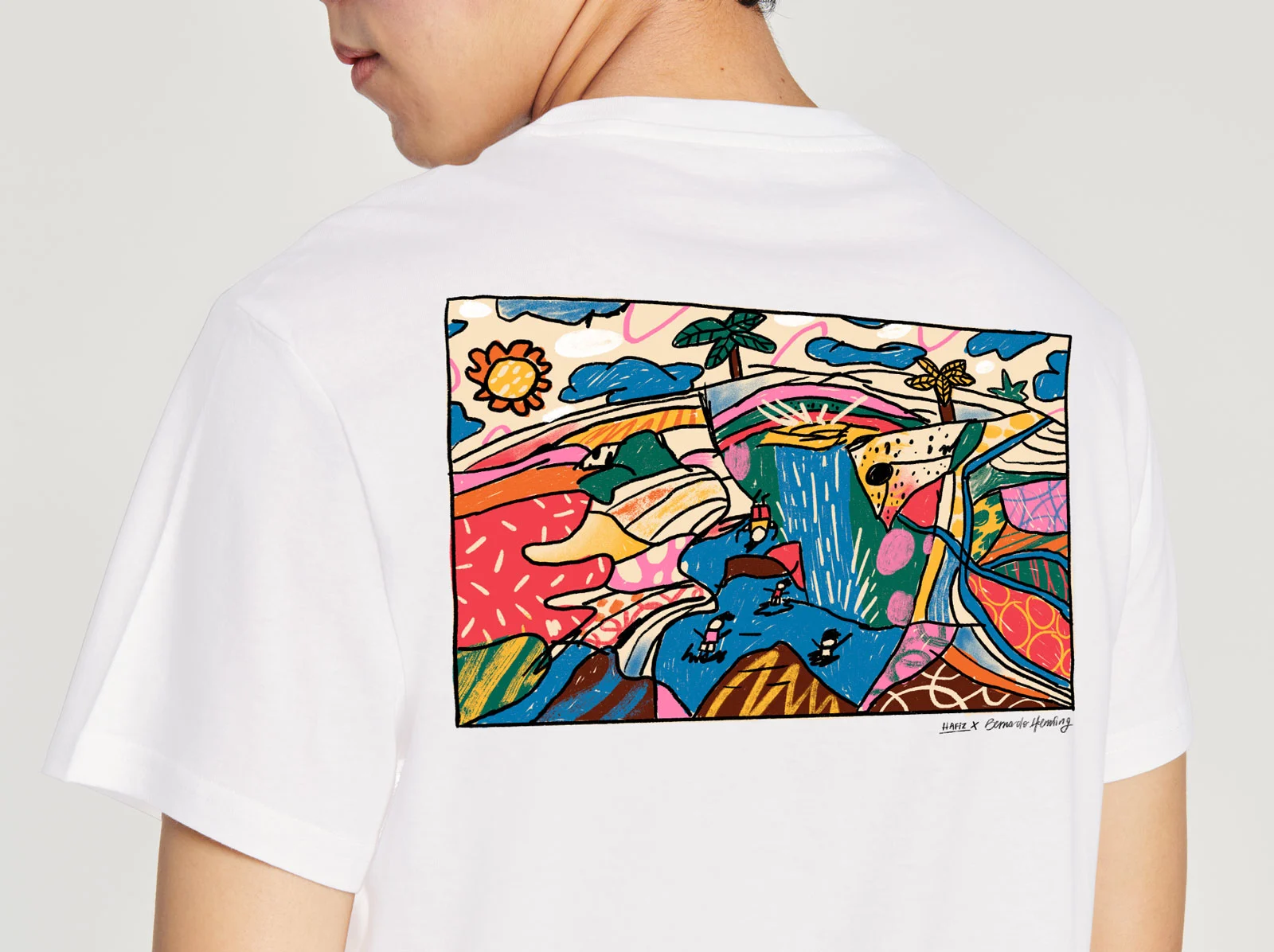
“When I was young,” Henning tells me, “I just did what I wanted in my art. As I get older…the freedom is always there, but you lose a little something. You start to do commercial work, other things. But Hafiz's was a beautiful scene and was represented in such a free way. All those little people enjoying summer, the water…It was inspiring to me.”
Proceeds from Face This go towards the regeneration of the library at the SDN1 Senggigi school in Lombok, as well as a new computer building for the students, before Jos and his cohorts start to spread support elsewhere on the sprawling south-east Asian archipelago. But while the traumatic events of 2018 and the impact of its fallout necessitated the fundraising, Jos never wanted this to be a Lombok sob story.


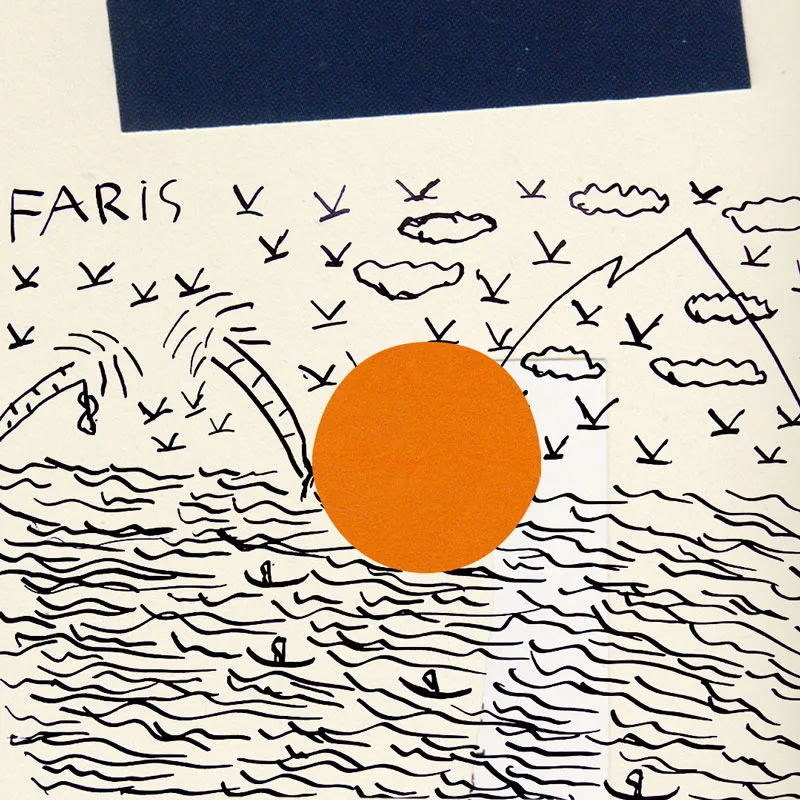
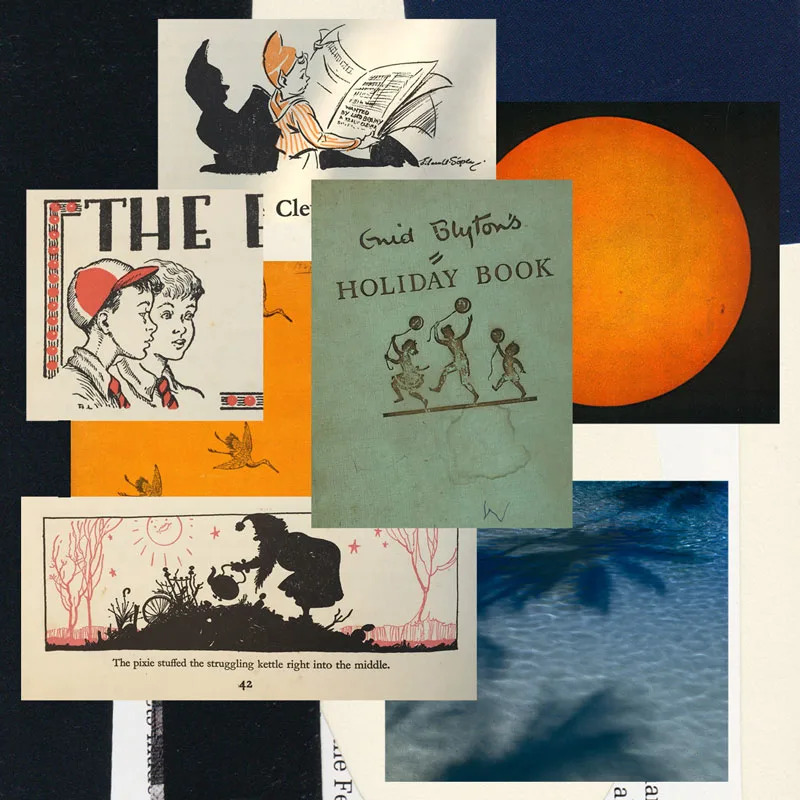
It should be two worlds coming together in order to create a new one, to a point where both artists lift each other up.
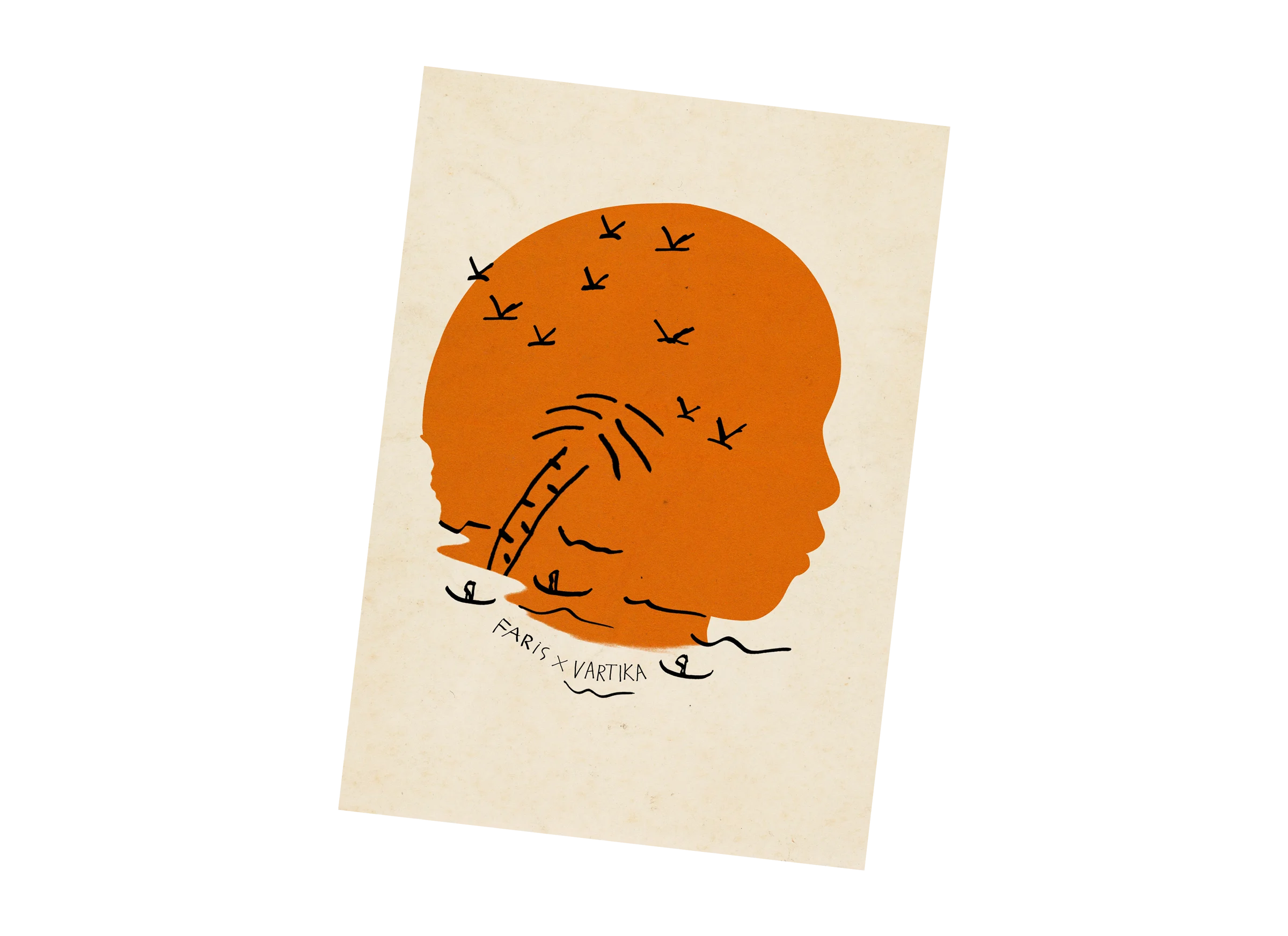
“When I began researching how to raise funds for projects in developing countries,” says Jos, “I was advised to frame these children as being as poor and helpless as possible. But, you know, when I met these kids, I felt a connection with them. I really felt that I could’ve been one of them. In fact, I was one of them. But, for some crazy, one-in-a-million reason, I was able to escape poverty because my parents adopted me. So I didn't want to portray these kids as poor and helpless. Because if I would have been one of them, I probably wouldn’t like it when someone from the other side of the world would make some poor poster child of me.”
“In the end it’s just a drawing,” says Zuzanna, “but it’s going to make something good for the world, and for Lombok. Art brings attention and that’s its power.”
But while attention brings an economic boost to those in need, the longer lasting effect may be from the connection art brings. As Alberto Ibargüen, the Pulitzer Prize-winning President of arts non-profit Knight Foundation, said:* Art binds people to place and to each other*.
“I was a lonely child and creating art made me feel less alone,” adds Liunic. “Even now, if someone resonates with my work, I feel like I have made a friend.”



